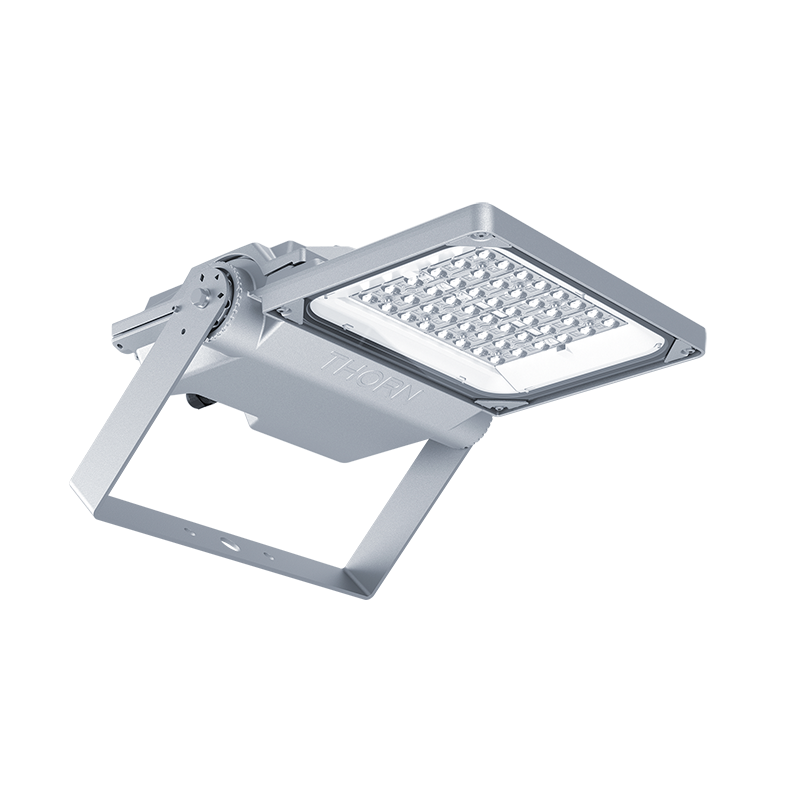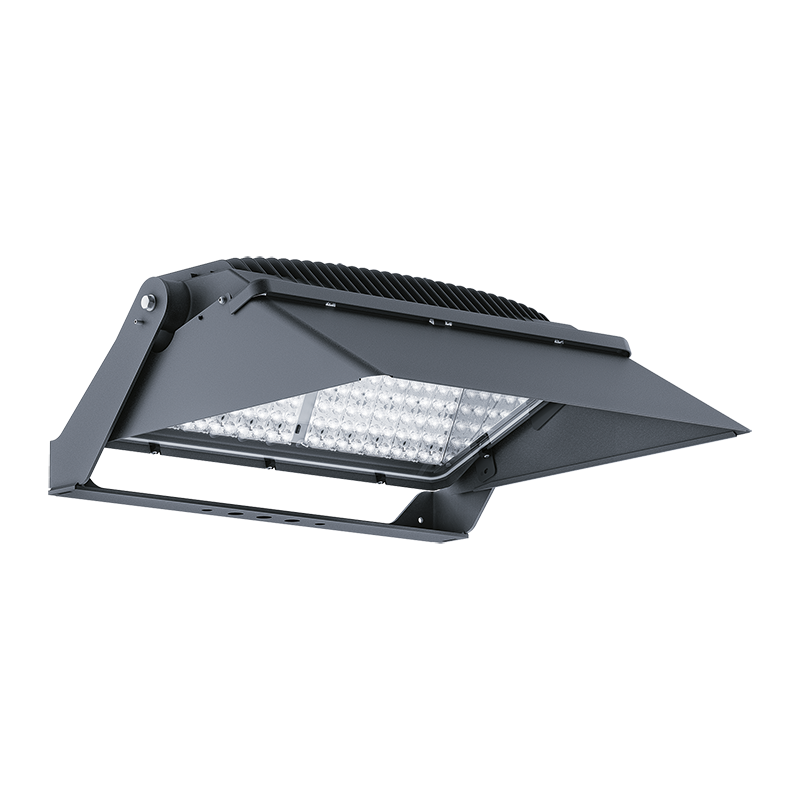Sports Lighting

High End Sports Lighting Solutions for Indoor and Outdoor Sports Facilities
Ready to Deliver Game-Changing Lighting Solutions
At Thorn, we understand that sports lighting is about more than illumination—it’s about creating an environment that elevates the game and enhances the spectator experience. Our advanced LED sports lighting solutions revolutionize venue illumination, combining energy efficiency with stunning visual appeal. As a leader among sports lighting companies, Thorn is dedicated to innovative sports lighting design that optimizes both functionality and aesthetics.
Our field of play

WE KNOW SPORTS LIGHTING
Exclusive Outdoor Sports Lighting by Thorn
ILLUMINANCE AND UNIFORMITY
Thorn specializes in LED sports field lighting designed to provide optimal playing conditions for outdoor sports facilities. Our sports field lighting design is recognized for its ability to deliver uniform light distribution, minimize shadows, and replicate the natural daylight experience. This enhances not only the players' performance but also the overall spectacle for the fans, making every game an event to remember.
OUR WORLD LEADING PROJECTS

LIGHT THAT CAPTURES MOMENTS
Innovative Indoor Sports Lighting by Thorn
Indoor venues require specialized lighting solutions, and Thorn’s indoor sports lighting, including LED indoor sports lighting, meets these needs perfectly. Our sports hall lighting and sports court lighting technologies are tailored to address the unique challenges of indoor sports environments, such as controlling glare and eliminating shadows. These high-end systems ensure that every inch of the arena is well-lit, promoting top-tier competition and viewer enjoyment.

WE KNOW SPORTS LIGHTING
LIGHTING FOR BROADCASTING
FLICKER FREE AND HIGH CRI
Flicker-free lighting is essential to avoid distractions or discomfort for athletes and spectators. High Colour Rendering Index (CRI)
lighting accurately represents colours, particularly important for broadcast and making the game more engaging and visually appealing.
The Altis high performance discharge floodlight from Thorn Lighting is now available with a guaranteed "flicker-free" system.
World-Class Lighting Solutions for All Venues
Thorn is committed to providing high-end sports lighting and achieving the best sports lighting outcomes for a variety of sports facilities. Whether it’s lighting for stadiums, indoor arenas, swimming pools, or training and recreational facilities, Thorn's lighting solutions adhere to professional standards while enhancing athlete safety and performance. Our expertise in sports lighting design ensures that facilities for winter sports, aquatic centers, and more are equipped with the most advanced and suitable lighting technologies.
DOWNLOADS
Whitepaper (EN) - LED Technoogy for Sports FloodlightingWhitepaper (FR) - LED Technology for Sports floodlightingWhitepaper (DE) - LED Technology for Sports floodlightingWhitepaper (IT) - LED Technology for Sports floodlightingWhitepaper (ES) - LED Technology for Sports floodlightingProfessional Stadiums - Interactive iPDF (EN)Professional Stadiums - Interactive iPDF (FR)Professional Stadiums - Interactive iPDF (DE)Professional Stadiums- interactive iPDF (IT)Professional Stadiums - Interactive iPDF (ES)Brochure (EN) - Professional Stadium LightingBrochure (FR) - Professional Stadium LightingBrochure (DE) - Professional Stadium LightingBrochure (IT) - Professional Stadium LightingBrochure (ES) - Professional Stadium Lighting
7.42 MB
7.43 MB
7.42 MB
7.41 MB
7.43 MB
5.4 MB
5.5 MB
5.53 MB
5.51 MB
5.55 MB
11.86 MB
11.86 MB
11.89 MB
11.85 MB
11.9 MB




